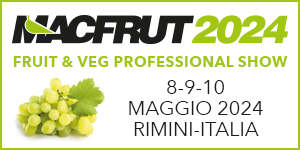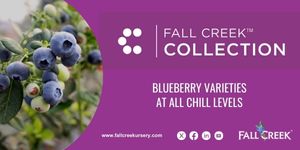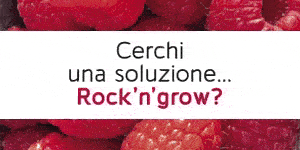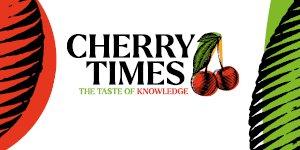Taken from: Driscoll's Raspberry Program: A Story of Hidden Flavor Potential

When you think of raspberries fresh, what's the first thing that comes to mind? A bright pink color? A soft and delicate texture? A sweet and fruity taste? We sat down with Fred Cook, R&D Director at Driscoll's, to talk about the history and future of the Raspberry Breeding Program, and all the surprises in between.
WE GO BACK IN TIME. WHAT KIND OF PLANT WERE THE RASPBERRIES HUNDRED YEARS AGO AND HOW HAVE THE RASPBERRIES LAST HUNDRED YEARS CHANGED?
"If you go back in time, to the beginning of the 20th century, they raspberries were harvested and eaten fresh from the plant. You wouldn't have found them raspberries in a grocery store in the 1920s because the shipping, refrigeration and all the things you need weren't really there. If someone was growing and selling raspberries locally, they raspberries were sold on the street in the local shop for a month or two a year. In the summer they'd produce some berries and that's all you'd get," says Fred.
Starting in the 1930s, a small group of plant growers wanted to change this situation.
"There were a few crosses made in the 1930s, but nothing worked and they couldn't do it," Fred tells us. "Someone was smart enough to keep these plants - there was a house that had these in raspberries the yard for many years. Then, in the 1970s, one of these varieties was resurrected from the yard, it was multiplied, giving rise to a whole sector," Fred says.

"In the 1970s, Driscoll's started a variety selection business, and it was very difficult, one failure after another. The plants raspberry were such a difficult crop to market and the older varieties were so delicate. But Miles Reiter had a vision and continued to do so, and finally in the 90s we had some progress. I once heard Miles say that the goal was to make these raspberries so good that you can't help but eat them before you put them in the fridge.
GET MORE ABOUT THE INNOVATIVE VARIETY OF DRISCOLL'S RASPBERRY, THE MARAVILLA, AND ABOUT WHAT MAKES THE MARAVILLA RASPBERRIES OF DRISCOLL'S SO SPECIAL.
"Maravilla was an exception, a needle in a haystack. It's a beautiful, shiny berry. It doesn't mold, it doesn't darken. It has a pretty good size fruit, and the yields are pretty good on the plant - it's a very healthy plant. Maravillas raspberries are not too sweet, they are not too acidic and they have a consistent taste," says Fred with a smile. All these great traits of the famous raspberry lead us to the next question.

ARE DRISCOLL'S RASPBERRIES GENETICALLY MODIFIED?
"No, we don't do GMOs at all," says Fred. It's all very natural, what we do." It's all old-fashioned. It's the cultivation of plants, like we did with wheat two thousand years ago. It's the same thing."
RASPBERRIES ARE KNOWN TO BE A TOUGH PLANT WITH VERY DELICATE FRUITS. WHAT LIFE LESSONS HAVE YOU LEARNED FROM RASPBERRIES?
"Persistence - and you just have to be determined. Victories will be slow and time-consuming. I think that's true of everything we do, really. You have to work steadfastly on what you want to improve and not expect anything in a month. Give yourself years, maybe, or decades."

WHAT'S NEXT FOR THE DRISCOLL'S RASPBERRY PROGRAM?
First of all, Fred shares the enthusiasm for what is on the horizon of raspberry.
"The hidden potential of Driscoll's raspberries is huge, and that's part of what makes all this fun, is that you don't know what's around the corner," he says. "What I see is a big leap in taste with Maravilla, keeping all the other features: size, strength, yield, timing. I've seen tens of thousands of different berries, so I appreciate them all and see the potential in all of them. It's fun".











